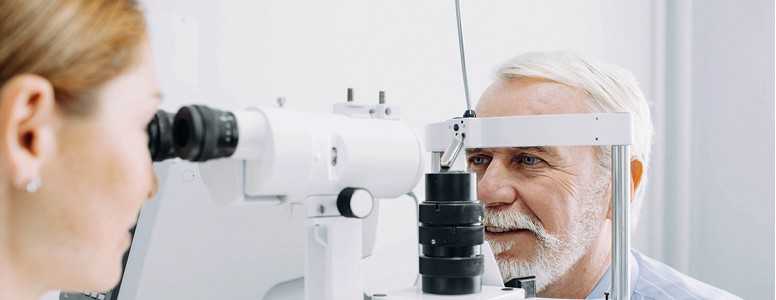A deep learning approach to diagnosing diabetic retinopathy and macular edema can accurately identify the conditions and their progressio, researchers say.
Deep learning is a field of artificial intelligence that allows machines to solve complex problems and do tasks typically requiring human intelligence.
A team of Finnish researchers from the Aalto University wanted to investigate how the deep learning model can impact people with eye-related diabetes complications.
The deep learning model was developed in a bid to speed up the process of diagnosing diabetic retinopathy, a common complication of diabetes caused by high blood glucose levels over time.
At the moment clinicians have to manually interpret retinal photography, which is cumbersome and subjective.
The model works by using an algorithm programme which learns the most predictive features of diabetic retinopathy directly from the images provided by a large data set of high-grade images. The machine is also able to detect the severity grade of diabetic retinopathy and macular edema accurately.
The findings from the study suggest this system is far more cost-effective when it comes to screening and diagnosing people with diabetes-related eye problems.
Diabetes is the leading cause of preventable sight loss, which is why people with diabetes in the UK are invited to an eye screening on an annual basis.
The researchers concluded: “In our study we have demonstrated that a deep learning AI-system applied to a relatively small retinal image dataset could accurately identify the severity grades of diabetic retinopathy and macular edema and that its accuracy was improved by using high resolution and quality images.”
The study findings have been published in the Scientific Reports journal.





